Home>Garden Essentials>Garden Plants>What Is The Best Way To Tie Down Plants? [Ultimate Guide]
![What Is The Best Way To Tie Down Plants? [Ultimate Guide]](https://storables.com/wp-content/uploads/2022/07/feature-600x400.jpeg)
![What Is The Best Way To Tie Down Plants? [Ultimate Guide]](https://storables.com/wp-content/uploads/2022/07/feature-300x200.jpeg)
Garden Plants
What Is The Best Way To Tie Down Plants? [Ultimate Guide]
Modified: December 6, 2023
Unsure of the best way to tie down plants? This guide provides an ultimate solution for securing plants in any conditions. Click here to read more.
(Many of the links in this article redirect to a specific reviewed product. Your purchase of these products through affiliate links helps to generate commission for Storables.com, at no extra cost. Learn more)
Cultivating a garden can be challenging, especially if you’re new to it. It requires more than just throwing your plants in the ground and hoping for the best. For one, plants need to be watered regularly, given adequate sunlight, and have their roots supported, so they don’t fall over or break easily. Of course, there are several different ways to keep your plants thriving and growing strong. Many of these methods also help protect your plants from pests while keeping them healthy. One good example is tying them down. As this method is beneficial for several types of plants, here is a breakdown of the best ways to tie down plants.
Why Is It Important To Tie Down Your Plants?
Also known as a low-stress training method, tying down your plants is an essential part of gardening. For one, it can help protect your growers from pests and parasites, keeping them healthier and more productive. Moreover, this technique helps your plants get adequate sunlight, which is essential for their growth and production. By gently bending your plant’s stems using various materials, you will be able to increase the amount of sunlight that hits your plants. This will help them grow stronger and faster, and it will also encourage the production of more fruit.
Using this method is also a great way to train your plants to get optimal results for your garden or farm. In addition, it encourages the yield of larger and more fruitful crops in a shorter amount of time, which is an easier and more cost-effective way to grow your food. You can use this technique for a variety of plants, including tomatoes, peppers, squash, cucumbers, eggplants, and even cannabis.
When Is the Best Time to Tie Down Plants?
For most plants, it is best to tie them down while they are still very young and actively seeking support or in their season of growth. The earlier you tie your plants down, the better your chance to redirect their growth and improve their yield. It’s also important to note that tying them down during these early stages of growth means that plant diseases and parasites will have fewer opportunities to get in and eat their way into your plants. In addition, tying them down while they are still very young and active is a great way to train them to use their weight as support during periods of stress or strain on your garden or farm. As a result, they will be able to function better by pushing themselves around easier and more efficiently.
Pros
- Helps protect them from pests and parasites
- Delivers more sunlight to your plants
- Increases yield
- Great way to train your plants to grow faster
- Cuts down on plant waste
- Affordable
- Prevents the spread of plant diseases
- Doesn’t require any special or expensive tools
- Cuts down on garden maintenance time
Cons
- Bending stems can be tricky
- Can harm the plant’s roots and trunk if not done carefully
- Can be challenging
How Do You Tie Down Plants?
When growing plants indoors, you can use lightweight materials like thread, string, or ribbon to tie down your plants. For outdoor plants, however, you will need something more substantial. Here are some of the most popular ways to tie down your plants:
Read more: How To Store Tie Down Straps
1. Using Garden Wires and Twine
Garden wires are the most common way to tie down your plants. Garden wires can be found in a variety of sizes and shapes. They come in a wide variety of colors, too. Garden wires are very easy to use as they come with one end and a hook on each end to attach them to the top or bottom of your plant. You can tie up your plants with garden wire by tying them into a loop, then pulling the loop tight enough so that it won’t fall off. You can also tie the ends of your garden wire by wrapping it around pieces of wood or other sturdy items like a fence post or even a tree branch.
Things You’ll Need:
You’ll want to make sure you mark where your plant is going before you start tying up any plants. This will prevent your plants from getting out of line. This method is also useful for plants that you have to plant in groups or are going through their early stages, like geraniums, which need lots of sunlight and can get relatively small if they don’t have a lot of room to grow. They also work well on ornamental plants that need lots of light and space.
Pros and Cons of Using Garden Wires and Twine
Pros
- Easy to use
- Convenient
- Durable
- Made of soft rubber and strong wire core
- Higher resistance
Cons
- Prone to rust
- Not reusable
- It can be harmful to the environment
2. Using Plant Bends
Plant bends or training clips are a simple and effective method that you can use if you don’t want to tie your plants down with a wire. They are also inexpensive, easy to use, and don’t take up much space. Furthermore, plant clips will generally last longer than any other type because they will not rust or break down quickly when used over time. This feature makes them an excellent choice for people who don’t want to spend much time tying their plants down. Another benefit of these garden clips is that they are reusable and efficient, which makes plant training more manageable and more cost-effective.
Things You’ll Need:
When choosing the proper plant training clips, you should consider a few factors, such as the size of your plant and the amount of time you will need to use the clips. Most people find that they have more success with training clips that are a size larger than a plant’s stem as this will allow more room for the plant to grow. This will also put less stress on your greens, resulting in better yield.
Pros and Cons of Using Plant Bends
Pros
- Efficient
- Reusable
- It can be used with a variety of plants
- Easy to use and maintain
- Adjustable
Cons
- Doesn’t work for thick branches
- May fall off easily
3. Using Garden Plant Ties
If you are looking for a more permanent solution, then garden plant ties should be your first choice. These ties are made of a thin material that can easily be tied around the branches of your plants. They will not break or rust easily, and they will last for a long time. The best thing about these ties is that they are reusable, so you can use them repeatedly without worrying about spending too much money on them. This certainly makes them a good investment if you want to train your plants and make sure they grow in the right direction without causing any damage to the stems or leaves.
Things You’ll Need:
When looking for plant ties, a few factors need to be considered. First, you will have to make sure that the ties are made of a durable material that will hold up well to the weight of your plants. Second, you will have to check and see if you can adjust the ties to fit around your plants’ branches. This way, you can efficiently train your plants without worrying about having to deal with any loose ends or untied knots. But of course, ensure that the clips are easy to use and will not take too much of your time or harm the plants or the leaves and stems.
Pros and Cons of Using Garden Plant Ties
Pros
- Easy to use
- Sturdy and durable
- Reusable
- No harm to the plants, leaves, or stems
- It can be used with a variety of plants
Cons
- May be too thin
- Needs constant adjustment
4. Using Hemp Rope
This is a classic material used by gardeners everywhere because it is inexpensive and easy to get a hold of. It is also versatile because it comes in many different sizes and styles depending on the type of plant you want to tie down and what type of soil you need to anchor into the ground. Moreover, they are easy to cut if you need a shorter piece or if you want different lengths for different plants in your garden. The only downside is that rope tends to wear out after being exposed to water and sunlight over time, which means it will need replacing every so often depending on how frequently it gets wet or how much sunlight hits it during the day.
Things You’ll Need:
When choosing the best hemp rope to tie down your plants, it’s best to pick one that is between 0.11 to 2 inches thick. This measurement is strong enough to hold down your plants but thin enough to be flexible and not damage the stems or branches. You can also purchase a rope that has been treated with preservatives to make it last longer. Just remember that these chemicals can be harmful to you and your plants in the long run, so it’s best to find a rope that you can put in the ground without any treatment.
Pros and Cons of Using Hemp Rope
Pros
- Inexpensive
- Versatile
- Easy to cut
- Adjustable
- Easy to find
- Eco-friendly
Cons
- Prone to wear and tear
5. Using Stakes
Stakes are significant for supporting plants with a strong root system that easily anchors itself into the ground. They are available in many styles and materials, with wooden, coir, or metal stakes being the most popular options. Wooden stakes are the most versatile, as they can be easily bent over time to accommodate the growth of plants. Coco coir stakes are best suited for plants that have shallow root systems, as they are very thin and can also be adjusted according to your plant’s height.
Things You’ll Need:
On the other hand, metal stakes are easy to install and can be placed in the ground or soil without the need for concrete. Some metal stakes also come with a plastic coating that is UV resistant and helps prevent rusting. Regardless of the material, these stakes come in different lengths, heights, and widths, depending on the type of plant you choose. When choosing the right stake for your plant, make sure that it is the right size for your plant’s root system. Too small and the stake will be ineffective, while too large and it may damage your plant’s roots.
Pros and Cons of Using Stakes
Pros
- Easy to find
- Affordable
- Adjustable
- Eco-friendly
Cons
- Not suitable for all plants
6. Using Netting and Tape
Netting and tape are the most popular methods of supporting and redirecting plant growth. They are lightweight and can be used to support multiple garden plants at once, as well as those with small and shallow root systems. For example, garden nets have the right mesh size, which allows for good aeration and excess water to drain easily. Garden tapes, on the other hand, are useful when you want a more secure way of holding down plants and keeping them in place.
Things You’ll Need:
When choosing plant nets and tapes, make sure that they are the right size for your plant’s root system. Too small and tying them down will be ineffective, while too large may damage your plant.
Pros and Cons of Using Netting and Tape
Pros
- Lightweight
- Good aeration
- Affordable
- Durable
- Firm
- Reusable
Cons
- Not sturdy enough
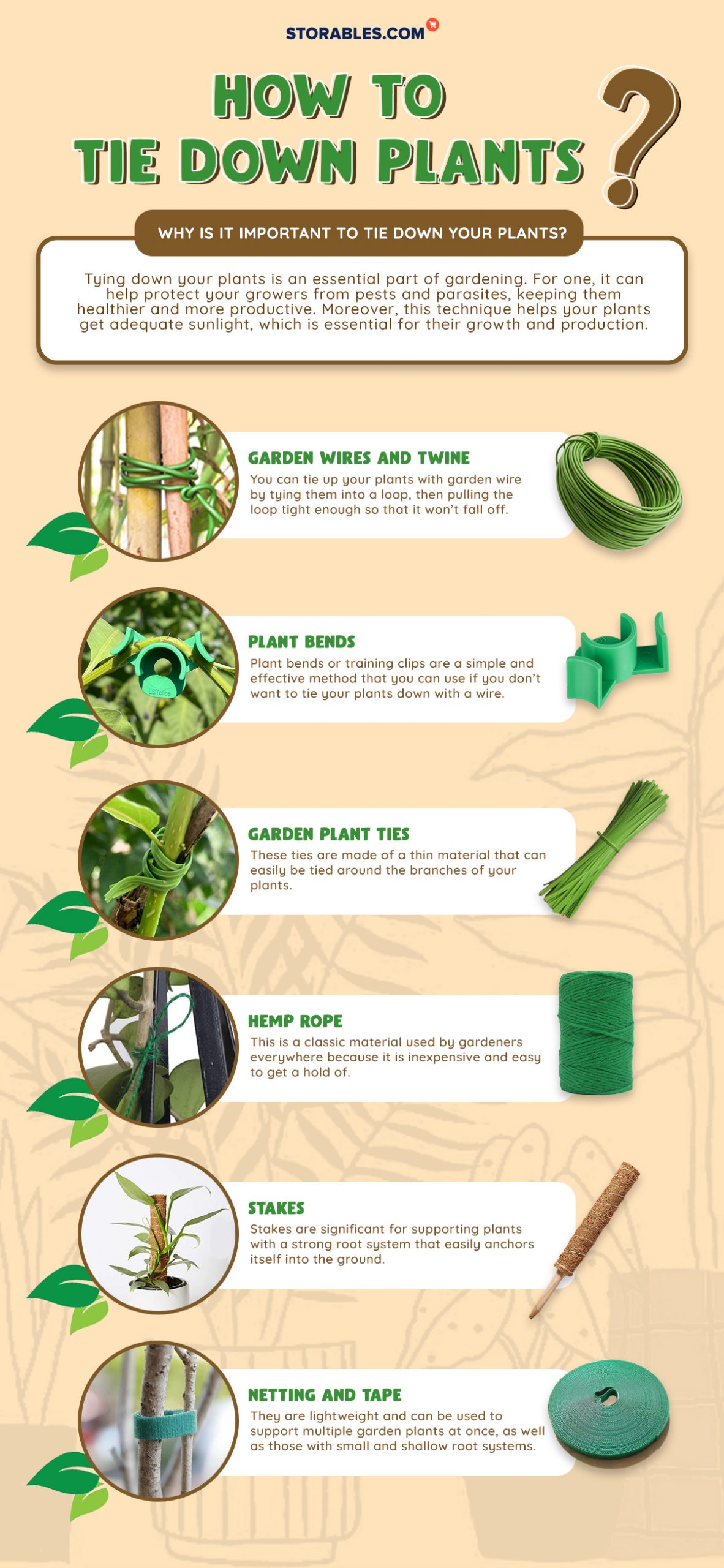
Conclusion
Growing a garden is a worthwhile endeavor not only for the fresh produce you can harvest but also for the benefits that come with it. It is also beneficial for the environment, as well as for your health. One effective and efficient way to make sure you reap all these benefits is by tying down your plants. This method will also protect them from pests and make sure they get enough sunlight, giving them more chances to grow stronger. Also by training them, you can get more bountiful harvests in a shorter amount of time than usually possible by just scattering your plants in the ground.
Was this page helpful?
At Storables.com, we guarantee accurate and reliable information. Our content, validated by Expert Board Contributors, is crafted following stringent Editorial Policies. We're committed to providing you with well-researched, expert-backed insights for all your informational needs.
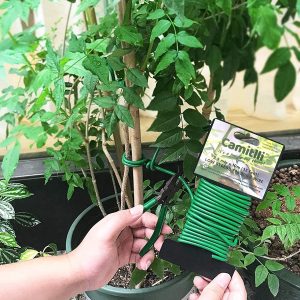
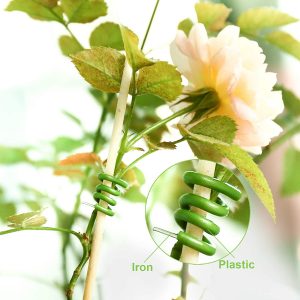
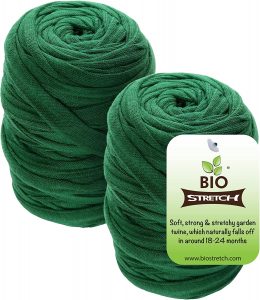
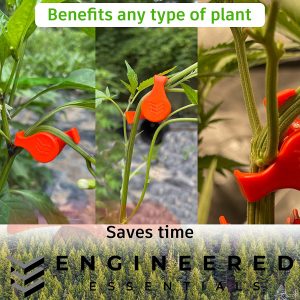
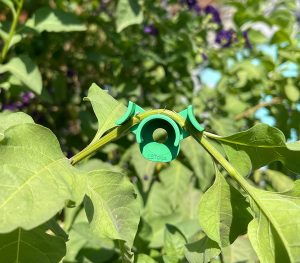
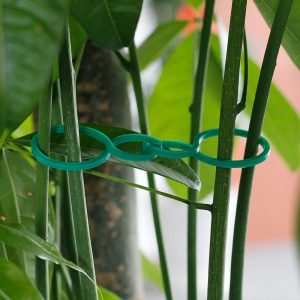
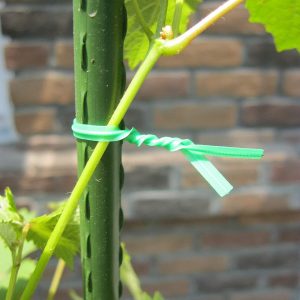
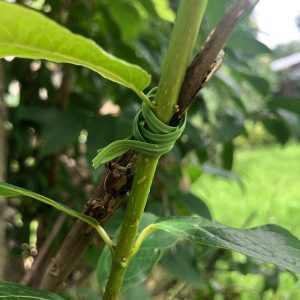
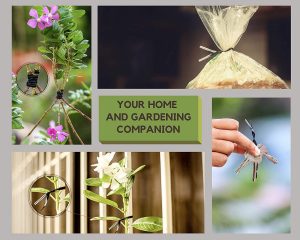

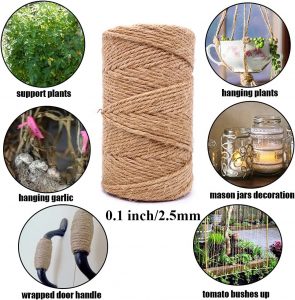
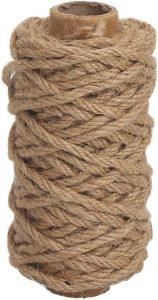
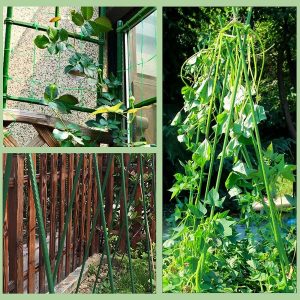
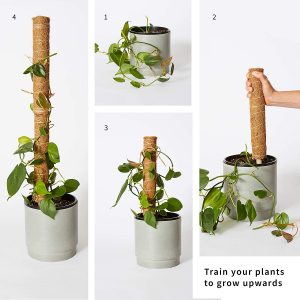
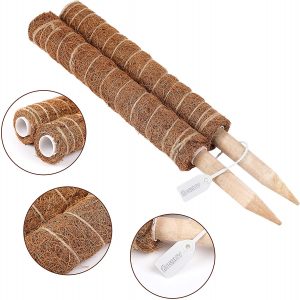
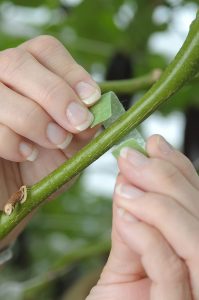
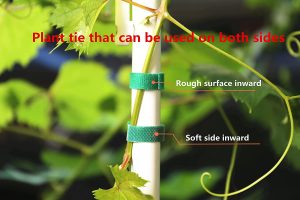


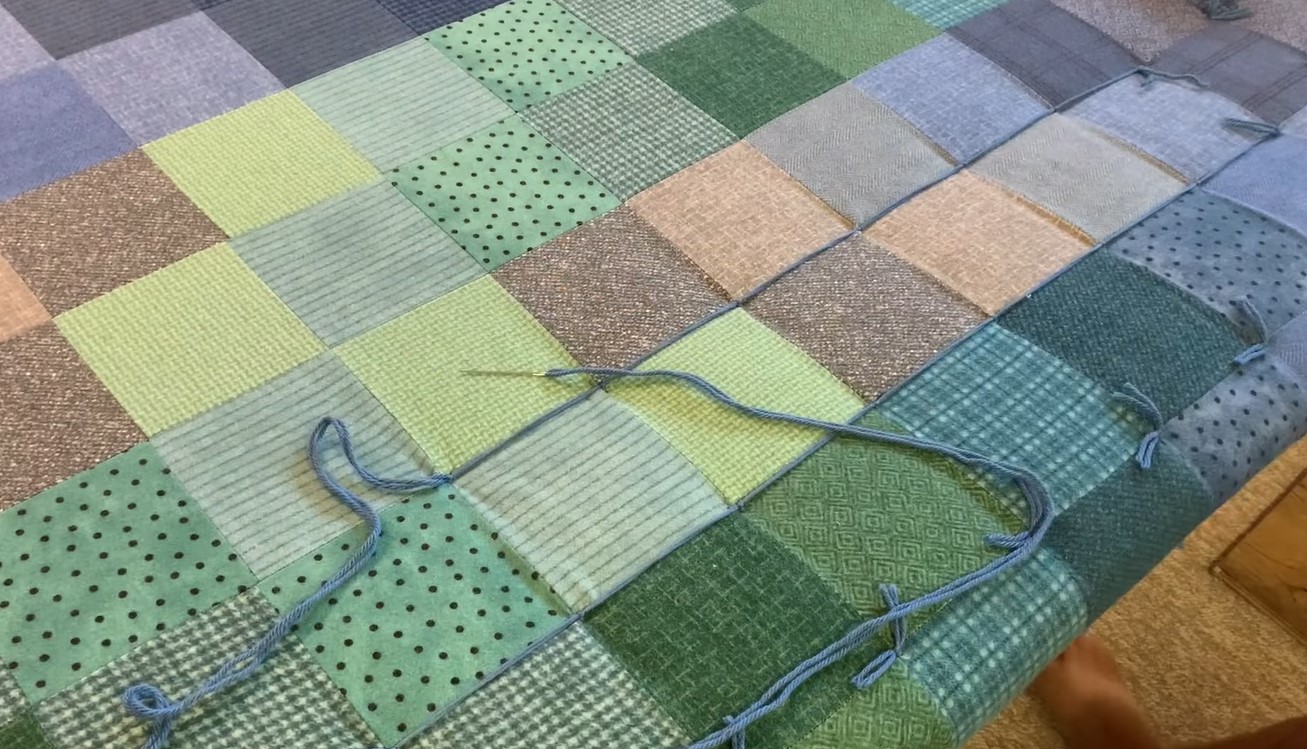
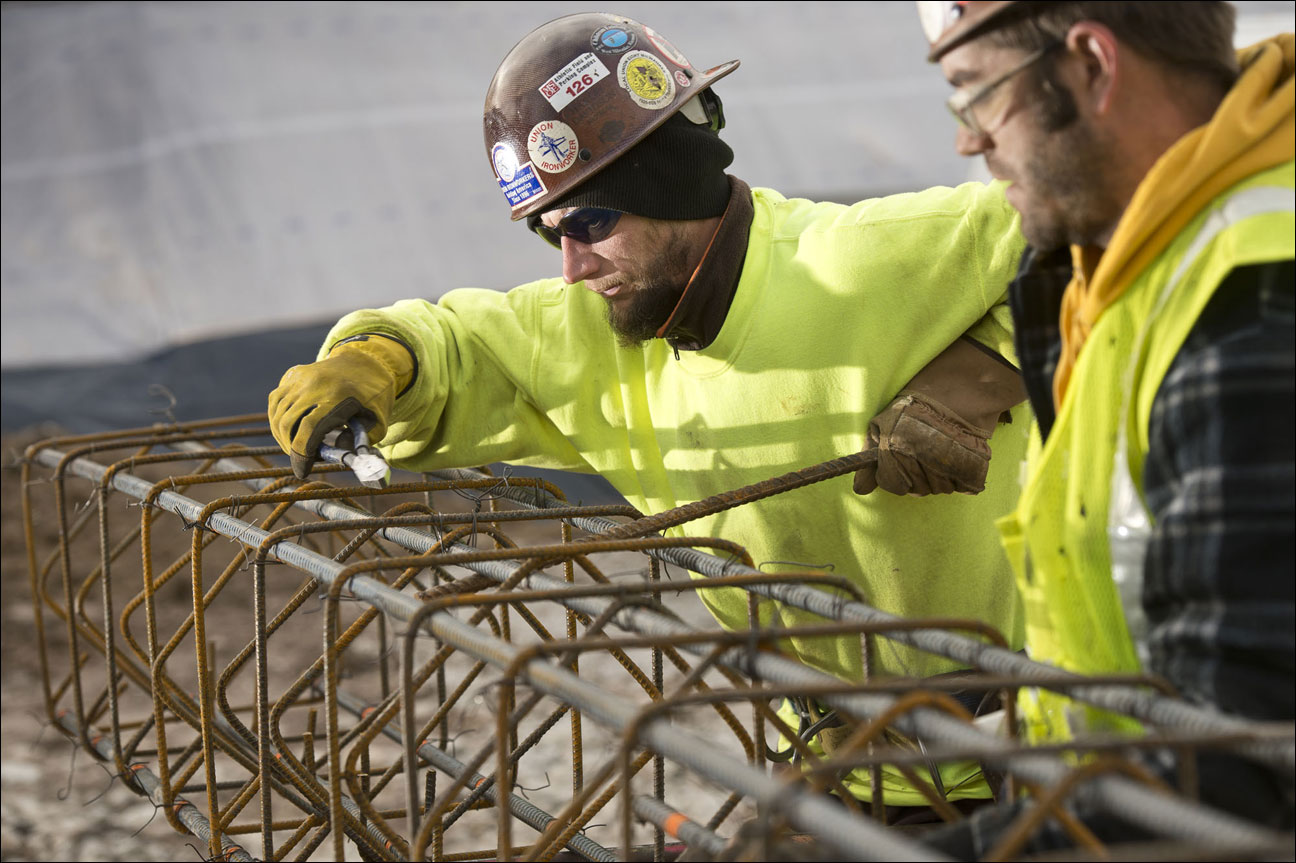
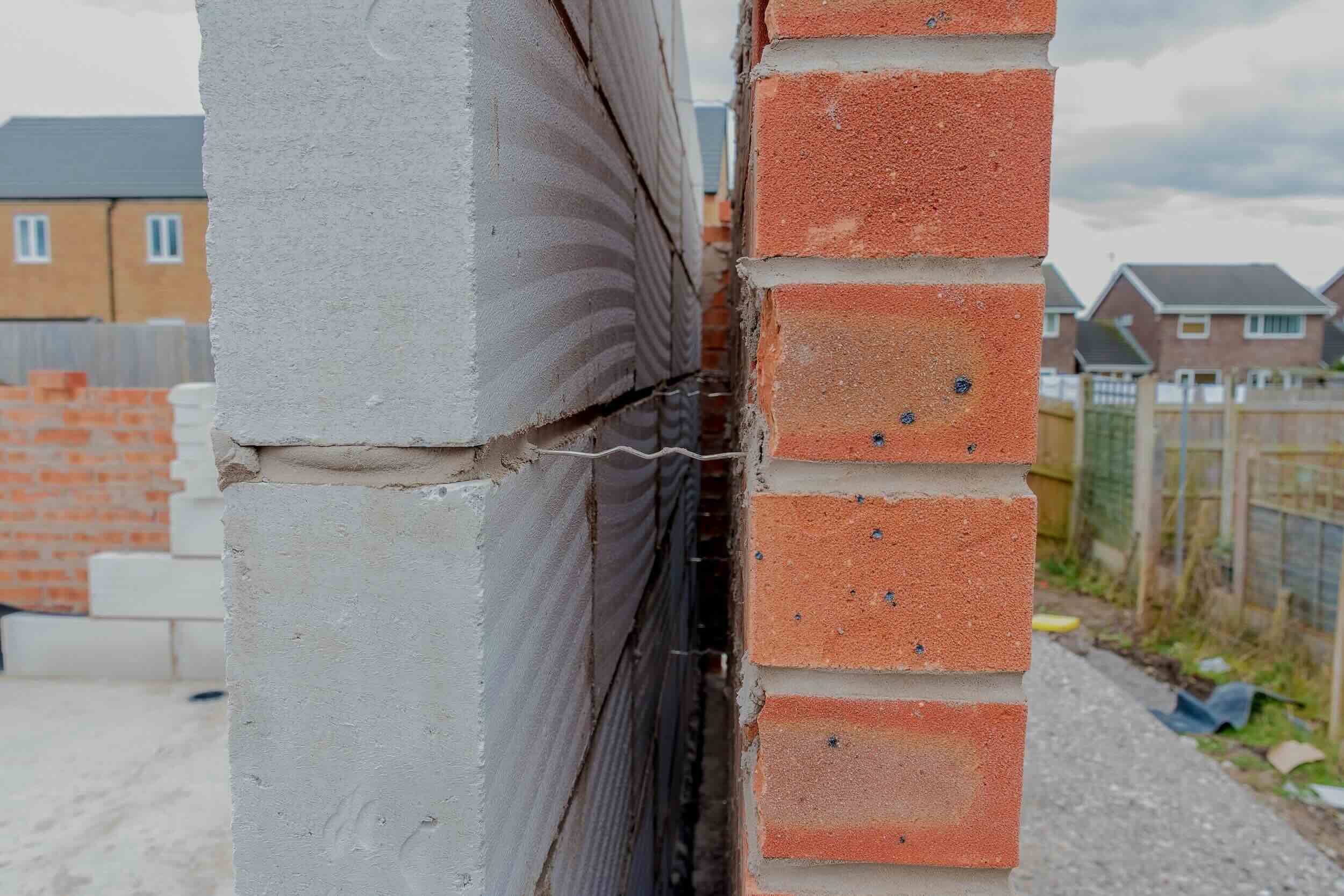
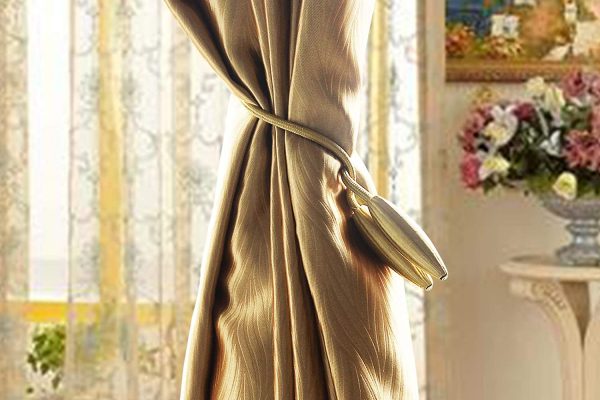
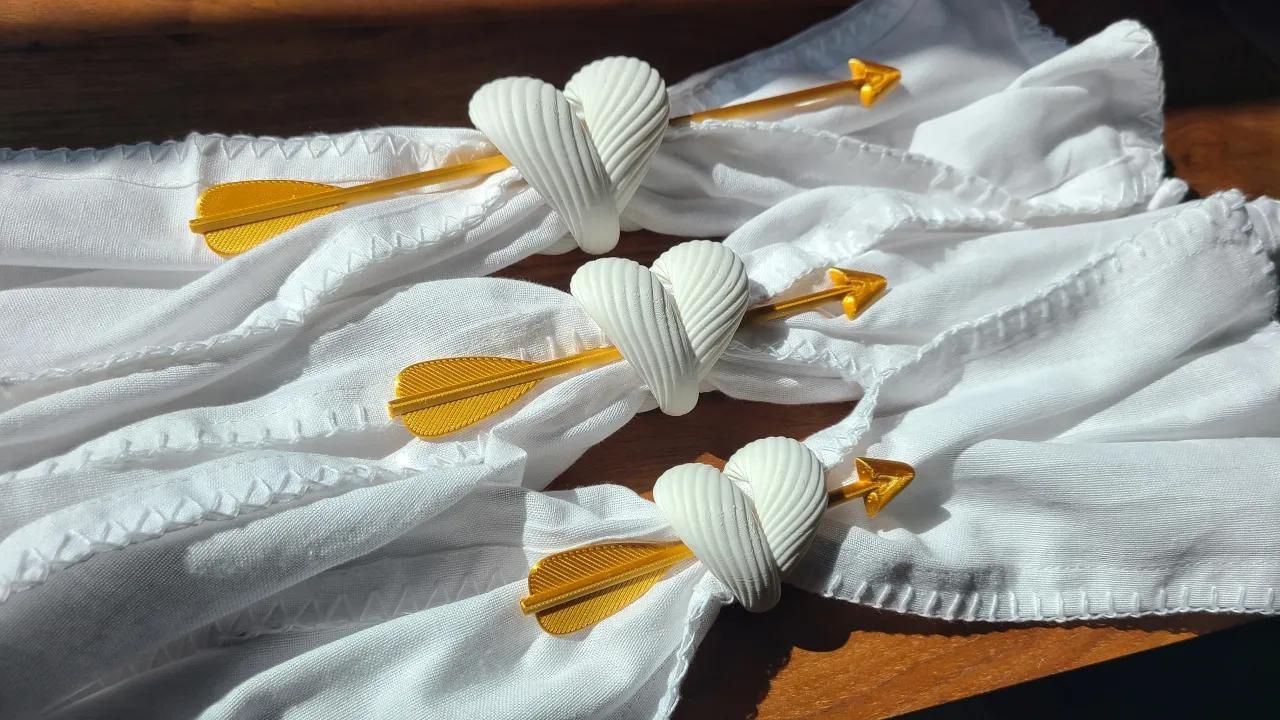
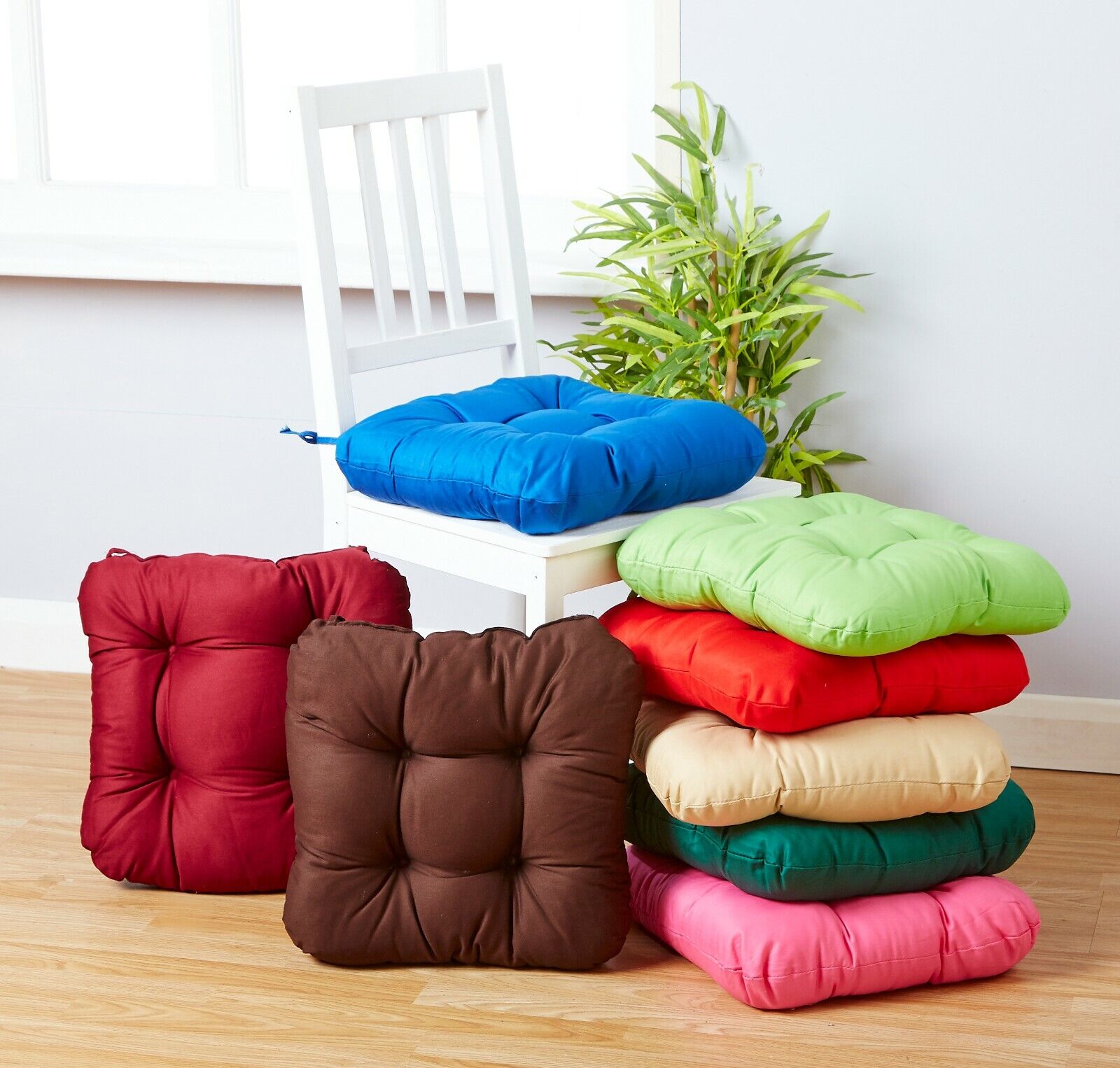
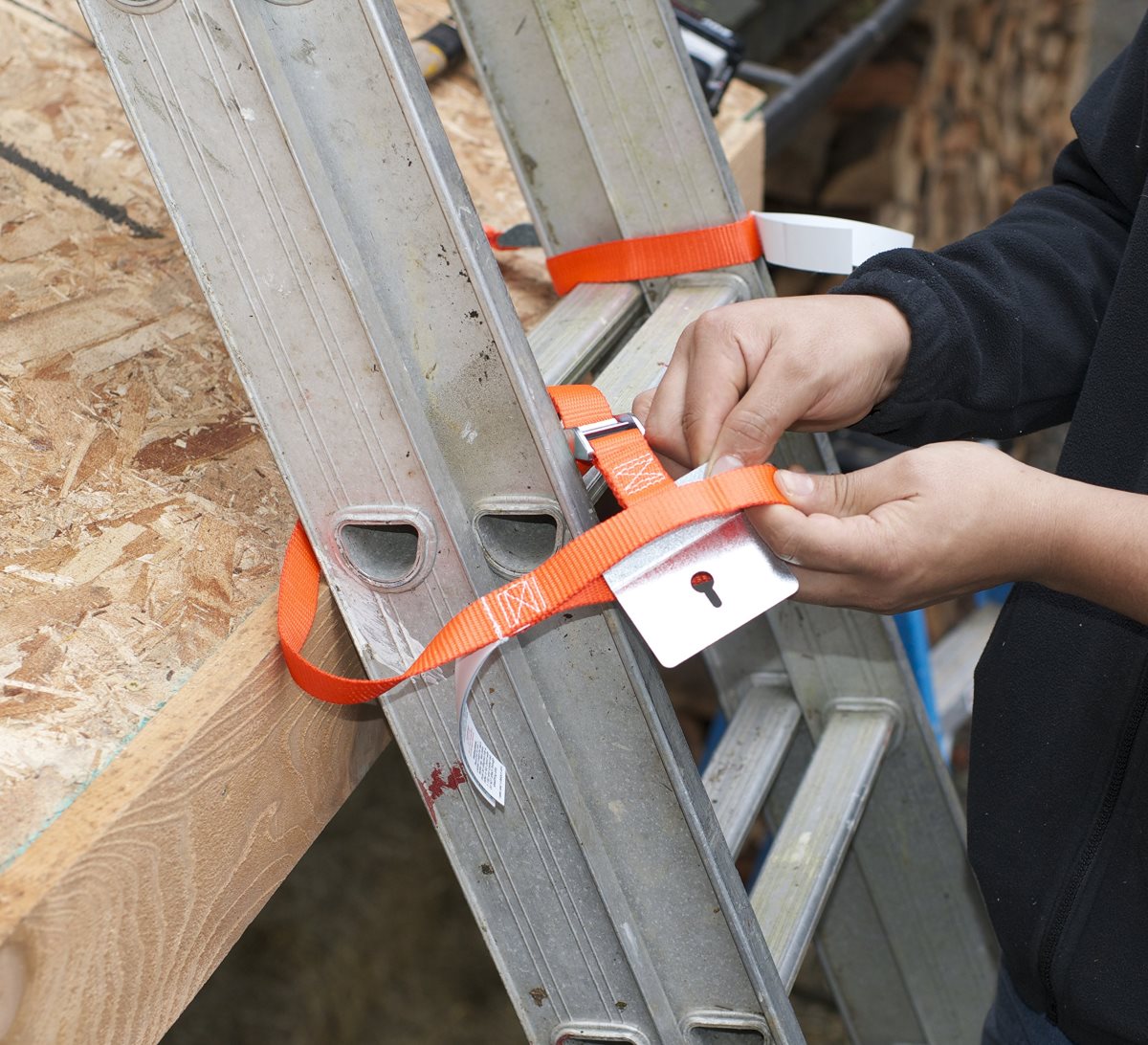
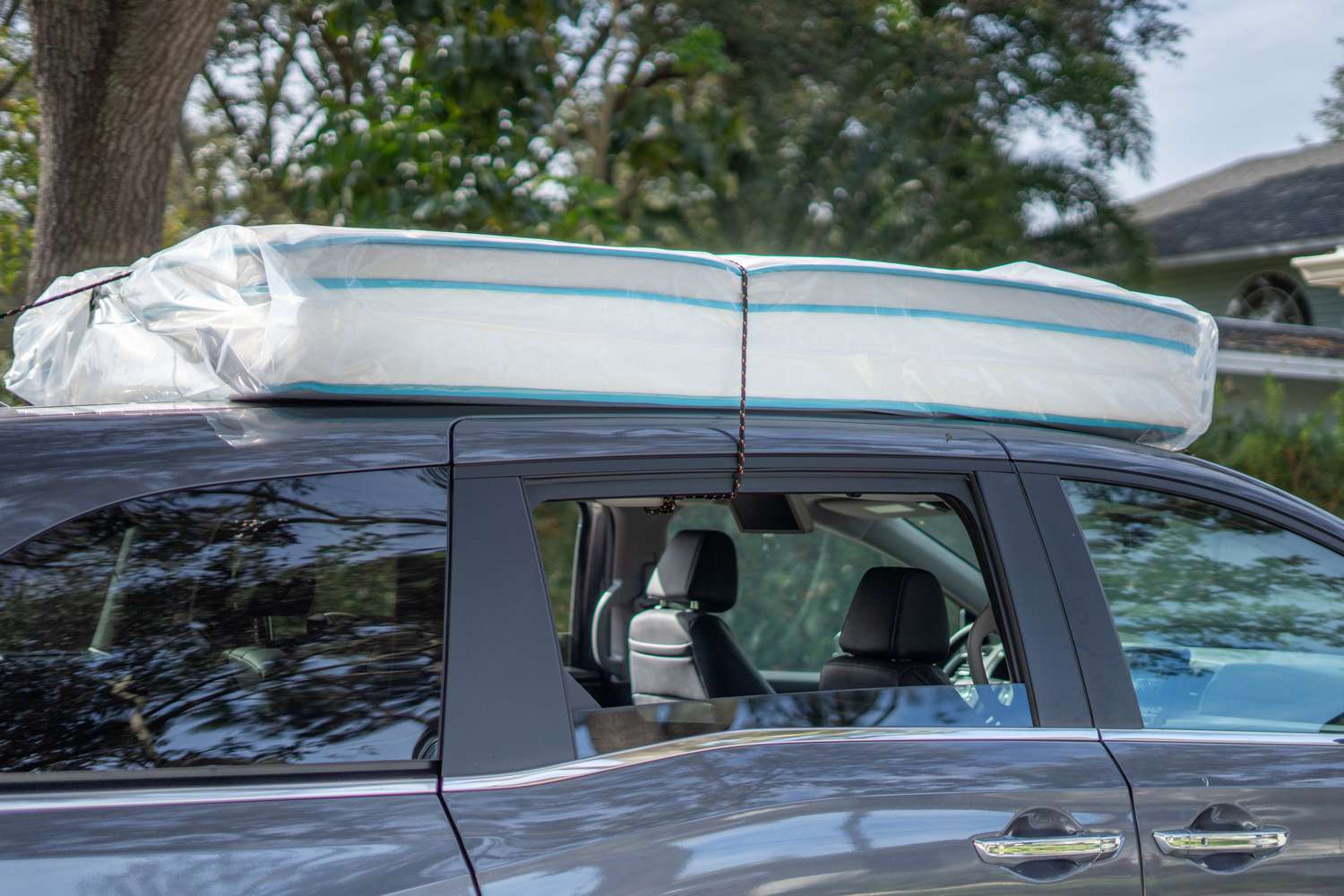
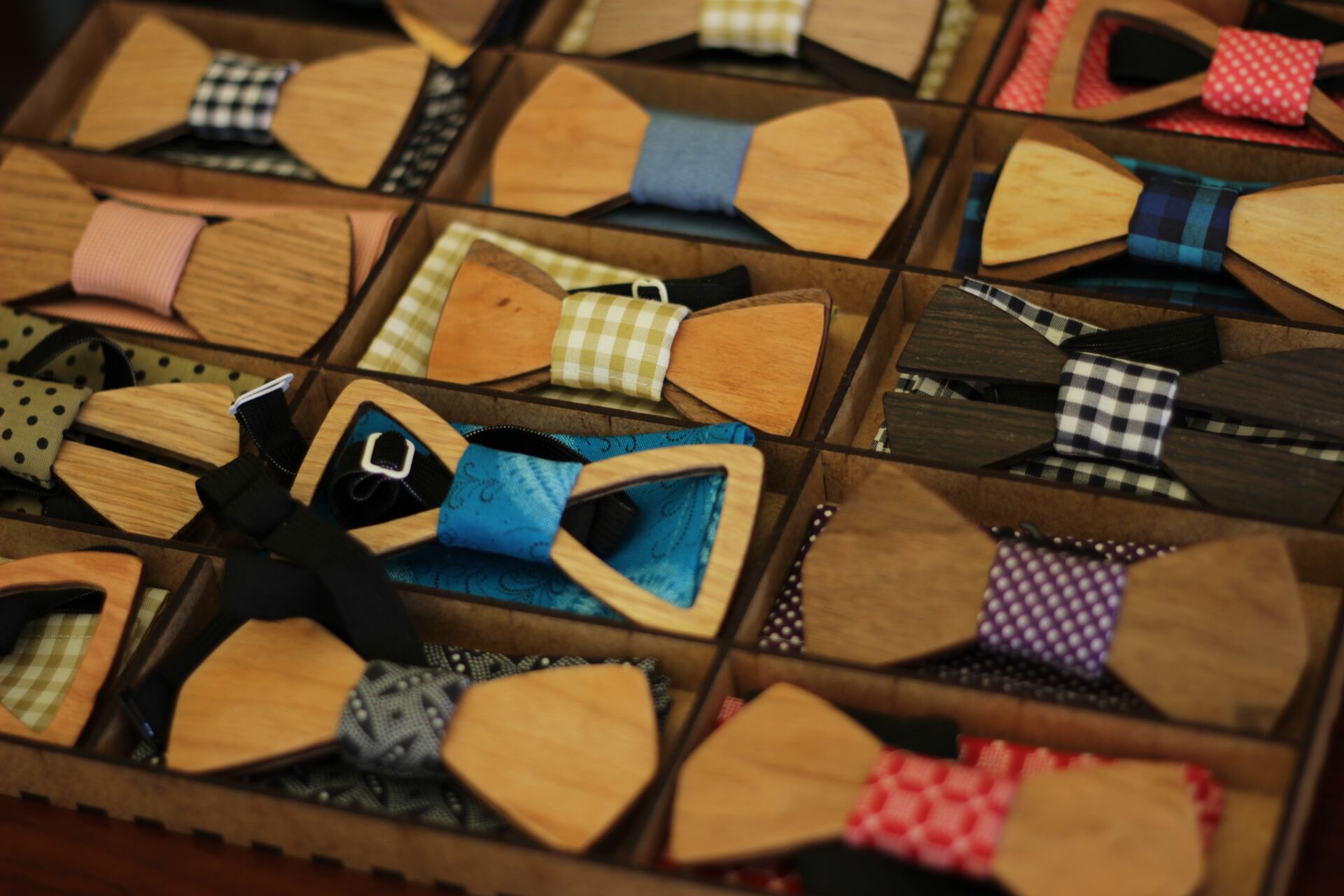

0 thoughts on “What Is The Best Way To Tie Down Plants? [Ultimate Guide]”